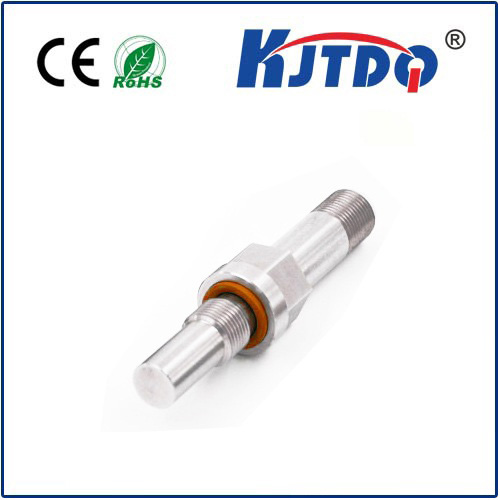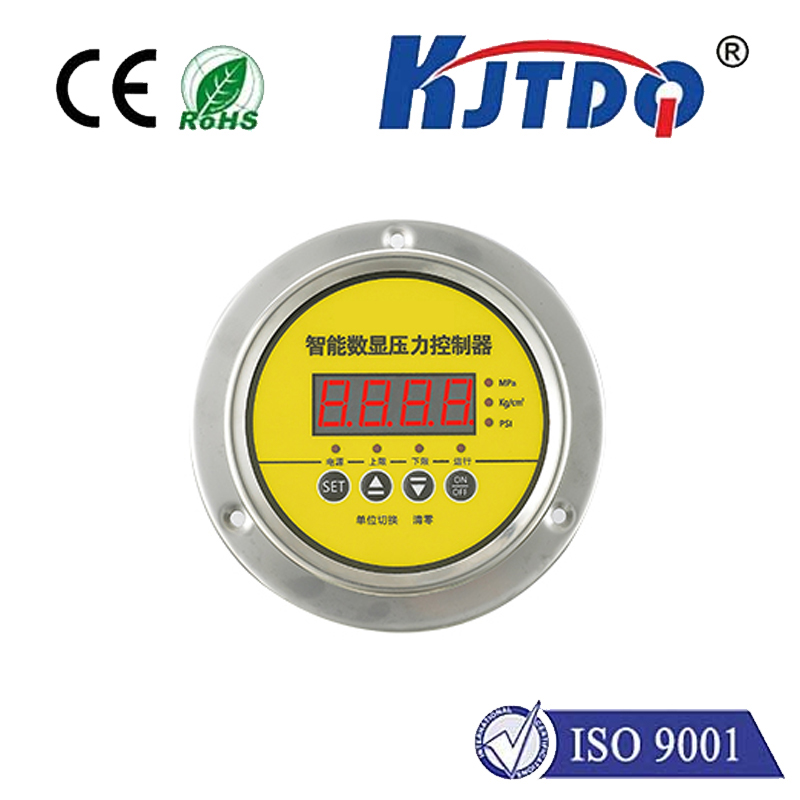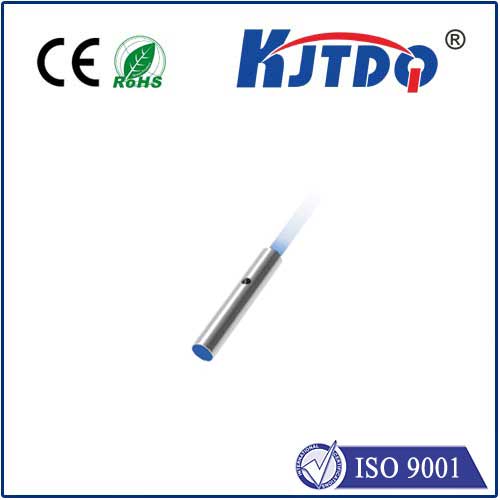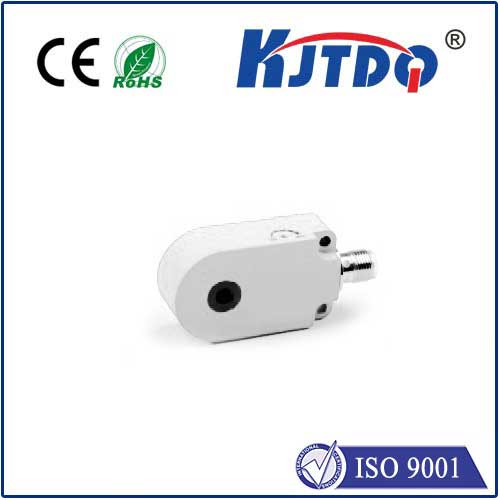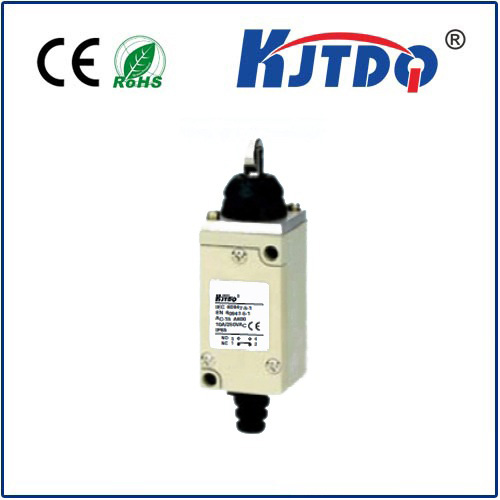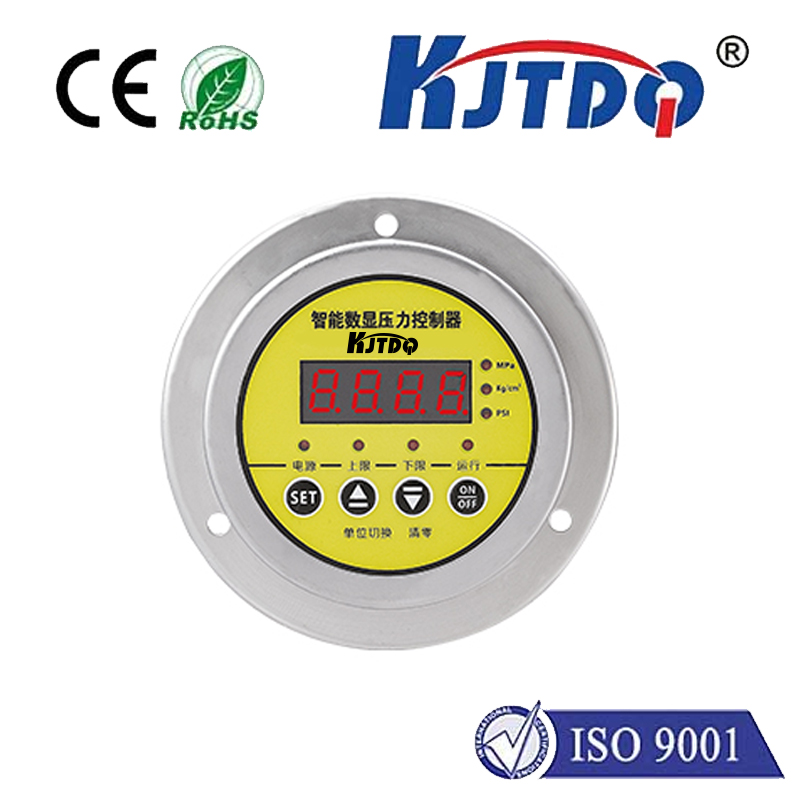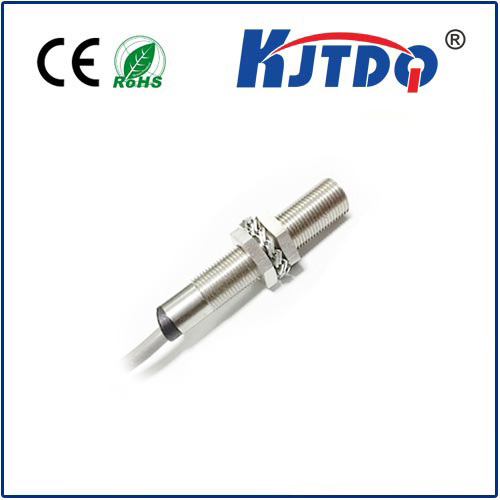
Exploring Limit Switches and Proximity Switches: Key Components in Automation Control In the realm of automation and control systems, limit switches and proximity switches play crucial roles in ensuring accurate and reliable operation. These components are essential for monitoring the position, speed, or presence of objects within a system, making them indispensable tools in various industrial and mechanical applications. This article delves into the basics of limit switches and proximity switches, highlighting their differences, applications, and significance in modern automation. Узнать предельный переключатель A limit switch is an electromechanical device that operates when an object makes contact with it, thereby limiting the travel of a machine part. It functions as a safety mechanism to protect equipment from over-travel, which can cause damage or malfunction. Limit switches typically consist of an actuator, a switching mechanism, and contacts that open or close a circuit when triggered. These switches come in various forms, such as single-pole or double-pole, normally open (NO) or normally closed (NC), and with different actuating methods including lever, roller, button, or plunger. Their design ensures they can handle specific mechanical loads and environmental conditions, making them versatile for diverse applications. The Role of Proximity Switches On the other hand, proximity switches operate without physical contact, using sensors to detect the presence or absence of an object within a certain range. They employ technologies such as capacitive, inductive, or optical sensing to achieve this. When an object comes within the sensor’s detection range, it triggers a signal that can be used to control machinery or initiate other actions. Proximity switches are known for their durability and reliability since they do not experience wear and tear associated with physical contact. They are ideal for high-speed applications where rapid detection and response are necessary, such as in conveyor belts, packaging machinery, or automated assembly lines. Applications in Automation Both limit switches and proximity switches have widespread applications across various industries due to their critical roles in automation and control systems. For instance:

